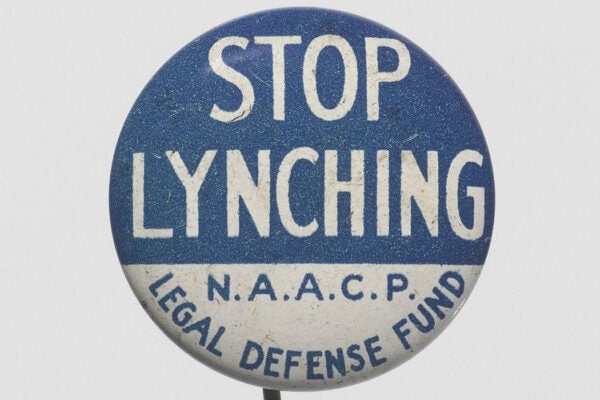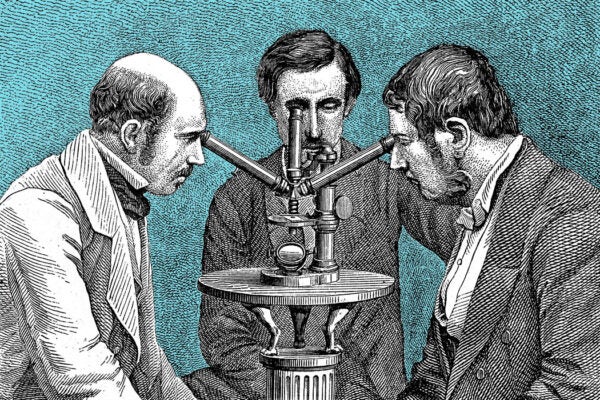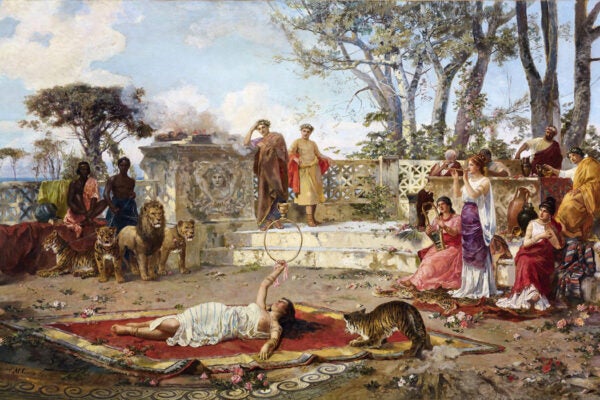“Lynch Law in America”: Annotated
Ida B. Wells-Barnett, whose January 1900 essay exposed the racist reasons given by mobs for their crimes, argued that lynch law was an American shame.
A Presidents’ Day Roundup
Who—or what—do Americans celebrate on the third Monday of February?
The Making and Meaning of Greenland: A Reading List
A selection of research reports and peer-reviewed articles offers insight into the history and potential future of the autonomous territory of Greenland.
Celebrating Black History Month
JSTOR Daily editors pick their favorite stories for Black History Month.
The Legacy and Power of Performance Poetry: A Reading List
MTV might take credit for getting spoken word on the pop cultural radar, but it’s a tradition that spans millennia and continents.
Citizens United v. Federal Election Commission: Annotated
The 2010 decision, enabling the rise of super PACS, made possible new and more covert mechanisms for funding election campaigns in the United States.
The Age of Wonder Meets the Age of Information
What can past eras of information overload teach students about critically consuming content in the present?
Editors’ Picks of 2024
Magical furniture, toxic gardens, and Scottish hideaways: we’ve gathered our favorite JSTOR Daily stories published this year.
Our Most Popular Stories of 2024
The artifacts of ancient technologies, the allure of rebel science, and many, many ghosts.
What We’re Reading 2024
It’s become a tradition: the writers and editors at JSTOR Daily share our thoughts on this year's pleasure reading.









